In our day to day life, we buy thousands of products including food packets, cosmetics, electronic devices and luxury items etc. Some products also require us to read the instructions given on their packets. While reading those instructions, have you ever noticed why they are written in English despite being Indian products?
This question arises due to the fact that the majority of the people in India don’t speak English. No matter how much consumers face difficulties in understanding those descriptions, they are still written in English.
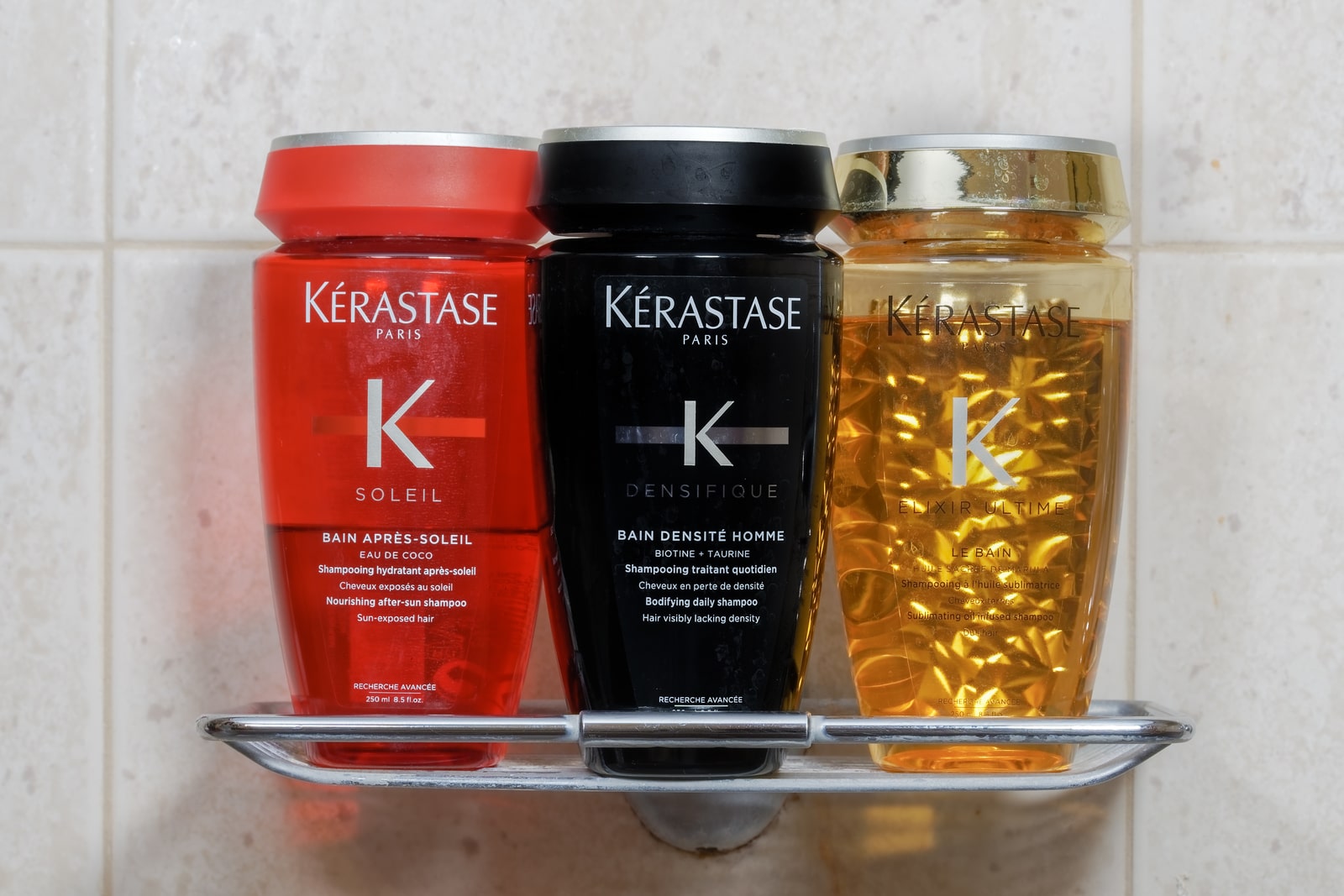
We know India is a diversified country where people of different cultures and states live. They speak multiple languages like Hindi, Marathi, Tamil, Gujrati etc. Then why do Indian products have their brand name and instructions only in English ? Various company representatives have answered this question in their ways. Let’s discuss them.
Advent Of Packaging During British Period
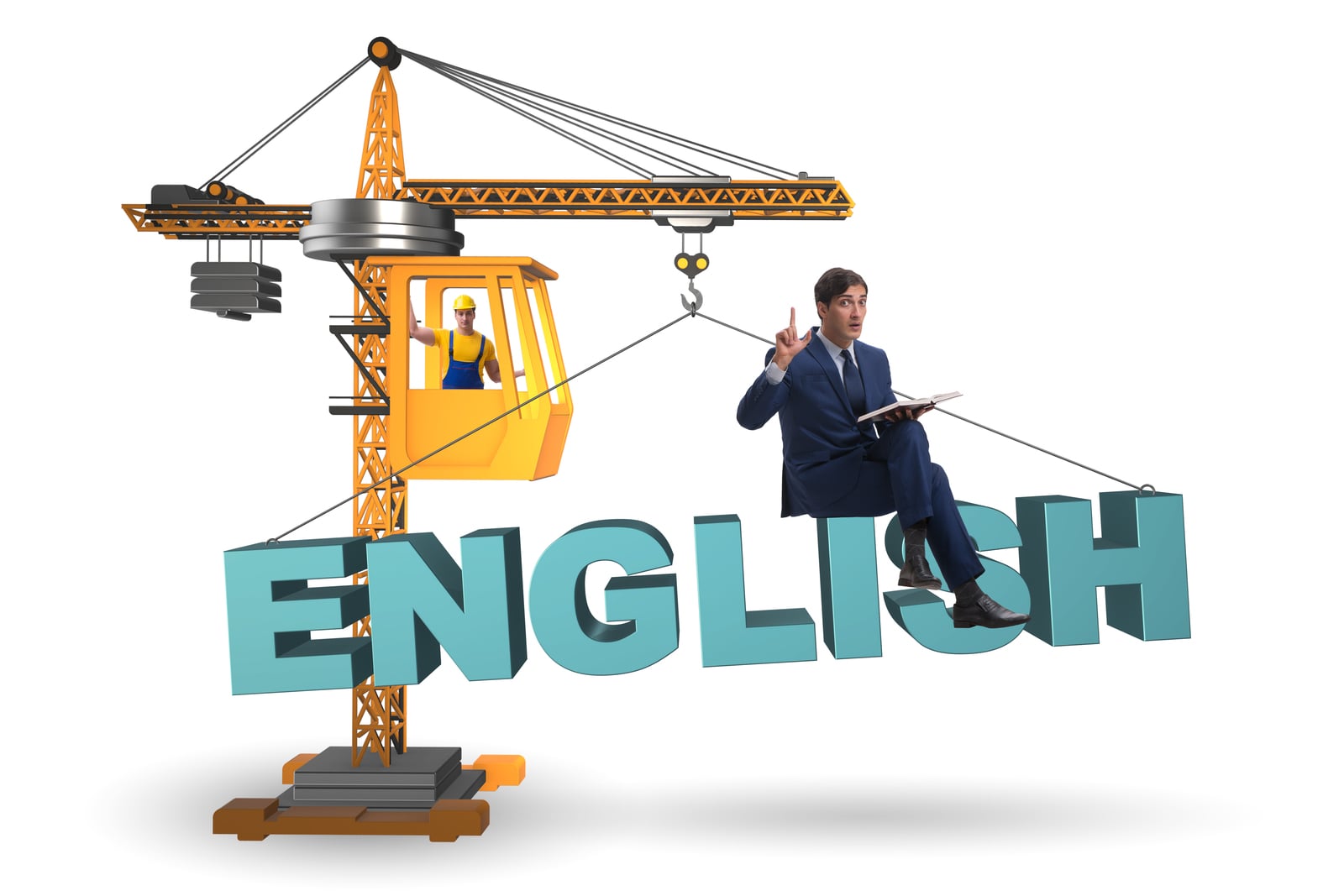
Very few people know that the concept of packaging of goods was brought by Britishers in India. The advent of packaging during British rule is said to be the main reason behind English packaging. Since Britishers had introduced packaging, naturally the language was English on packets. That’s why today also, India is following the same English culture and language. Since people very rarely object to the English label on Indian goods, the companies don’t focus on reform.
Lack Of Single Native Language
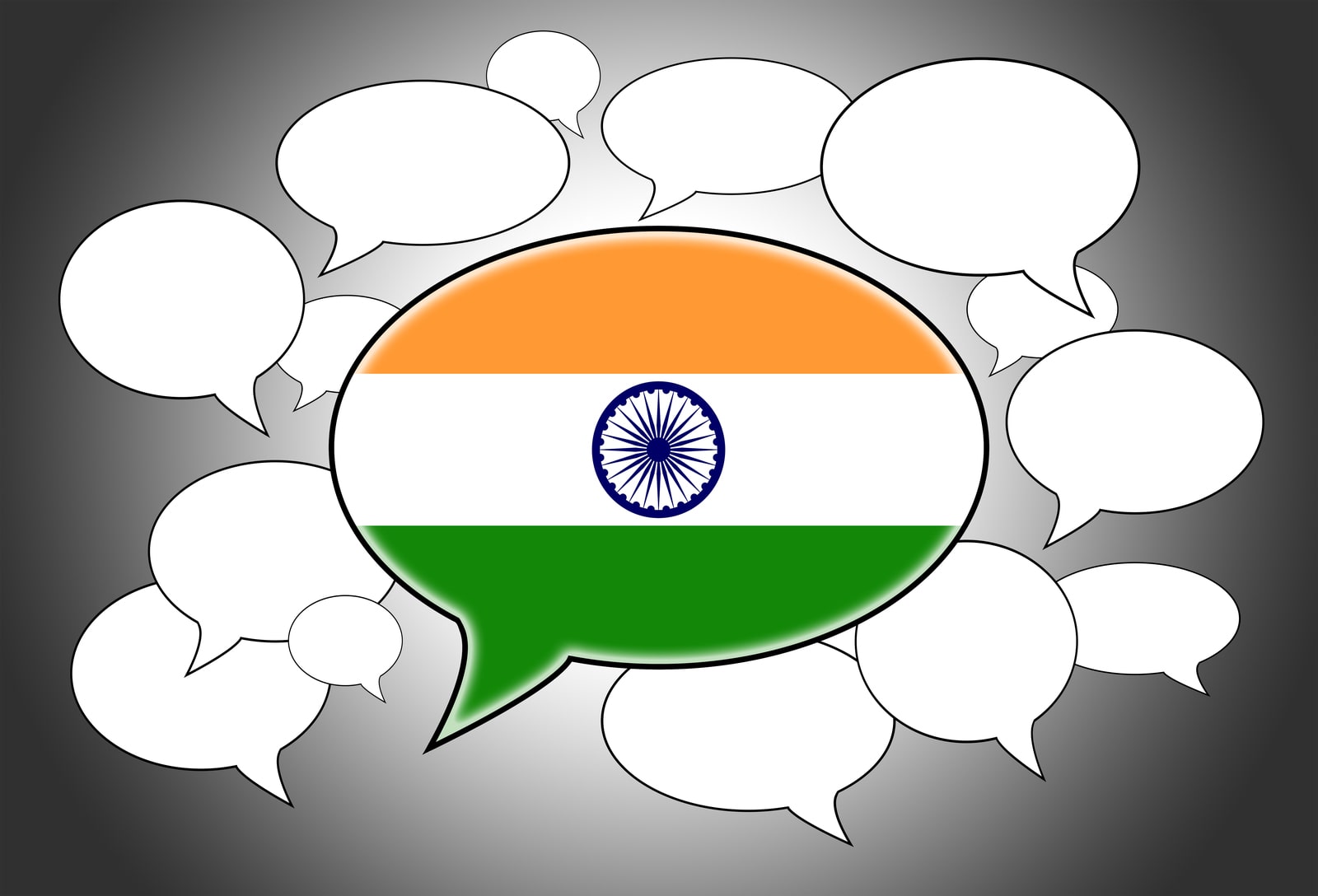
In India, a diversity of people live and speak different languages. While South India speaks Tamil, Kannad, Malayalam etc; people of Maharashtra speak Marathi.Every state has its own local language. There is no single native language which the whole india can speak and understand. This is considered as one of the main reasons that companies go for English packaging. English as we know, is the universal language, it is preferred more for business purposes. Hindustan Lever’s director also considers the lack of native language as the reason behind English labelling on Indian goods.
More Priority To TV Ads Than English Labelling On Indian Products

At present, we see various trends of advertising on TV. Companies are more focused on making their product’s ad as creative and attractive as they can. So, the issue of language used on packaging doesn’t get the priority it requires.
Companies and Brands firmly believe that the consumers choose to buy a product only after getting attracted to its ad. For them, the communicative language to introduce their products matters and not the language used on packaging. That’s why national level companies choose to do tv advertisements in Hindi but continue packaging in English. It is like following a norm that if everybody is doing it then we will also do it.
The Costly Packaging In Vernacular Language

If a Brand tries to do packaging in multiple languages, it will cost more than packaging in a single language. Writing, translating and printing multiple languages on a single product will require more human and machine resources. For example, More people will be needed to translate English into other languages. This will ultimately increase the cost of the whole process of packaging. That’s why, company opts for a single English language and avoids multiple languages. Also, it will be difficult for the Companies to manage the separate market of all the states. Pranesh Mishra, COO and President, Lowe, says that there will be more complexity if brands opt for multilingual packaging.
Less Awareness Among Consumers
In earlier days, consumers were less familiar and aware with the products available in the market. They just used to go to shops and ask for the product by its name. Suppose if a person wants to buy a toothpaste, he will just tell the shopkeeper to give him colgate. The person doesn’t read the descriptions and labels written on the product before buying and using it. People were not that much educated earlier to buy a product after reading proper descriptions on it. That’s why companies were also not working on the language of descriptions on the packets.
However, today in the modern era, consumers are well aware of the products. They have become more selective and buy a product only after reading proper descriptions. Therefore, the need to use vernacular language on Indian products has become more essential today.
More Development Of Packaging Industry
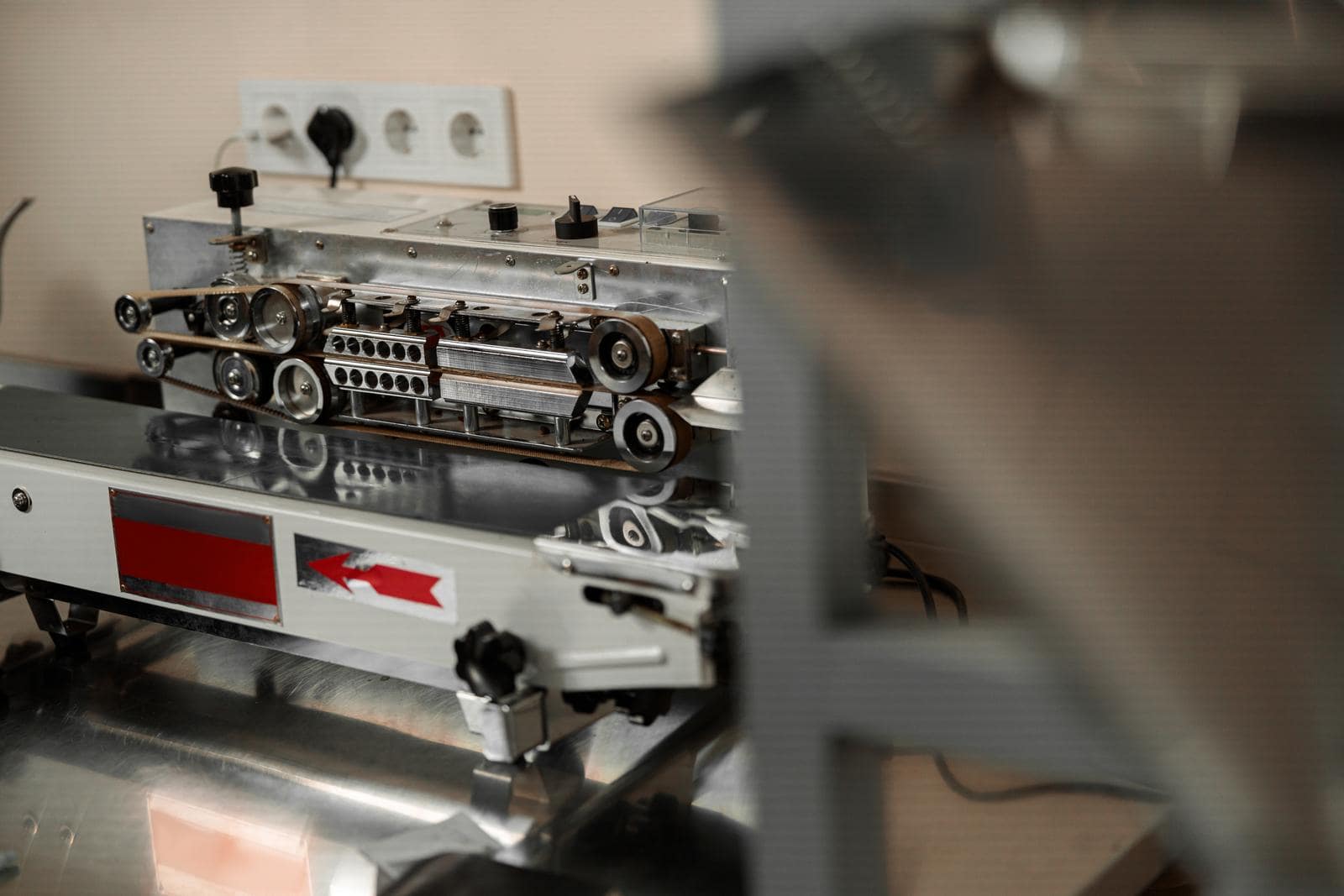
Some company representatives believe that when our packaging industries will develop more in terms of technology, we will automatically see multilingual packets in the market. However, it is a matter of thinking that if the print industry has managed to distribute newspapers area wise, why can’t the packaging industry?
Brands Following Multilingual Labelling On Indian Products
There are few brands in India which use multiple languages on their goods’ packets. For example, Maggie (Big -packs) and Amul Lassi use multilingual labelling. Amul Lassi includes four languages, English, Hindi, Tamil and Telugu and Tamil on its packet. Rejoice shampoo has multiple languages on its 1 Rs sachet. Parachute Therapies, a Marico product, includes instructions in 3-4 languages. Worldwide brands like Coke and Cadbury include vernacular language of countries at a global level.
There are some brands who initially used vernacular language on Indian products but later abandoned. Cabin Kare initially used multiple languages on its fairness cream, Fairever. But since people are now well aware of the product and the same people are consuming the product, the company no longer feels the need for multilingual packaging. Therefore, Cabin Kare has reduced the use of multilingual descriptions on Fairever. One more product Karthika had brand names in Kannada and Tamil. Three years later, Karthika well established its market, so changed its labelling to single language- English.
Old Custom Of English Labelling On Indian Products
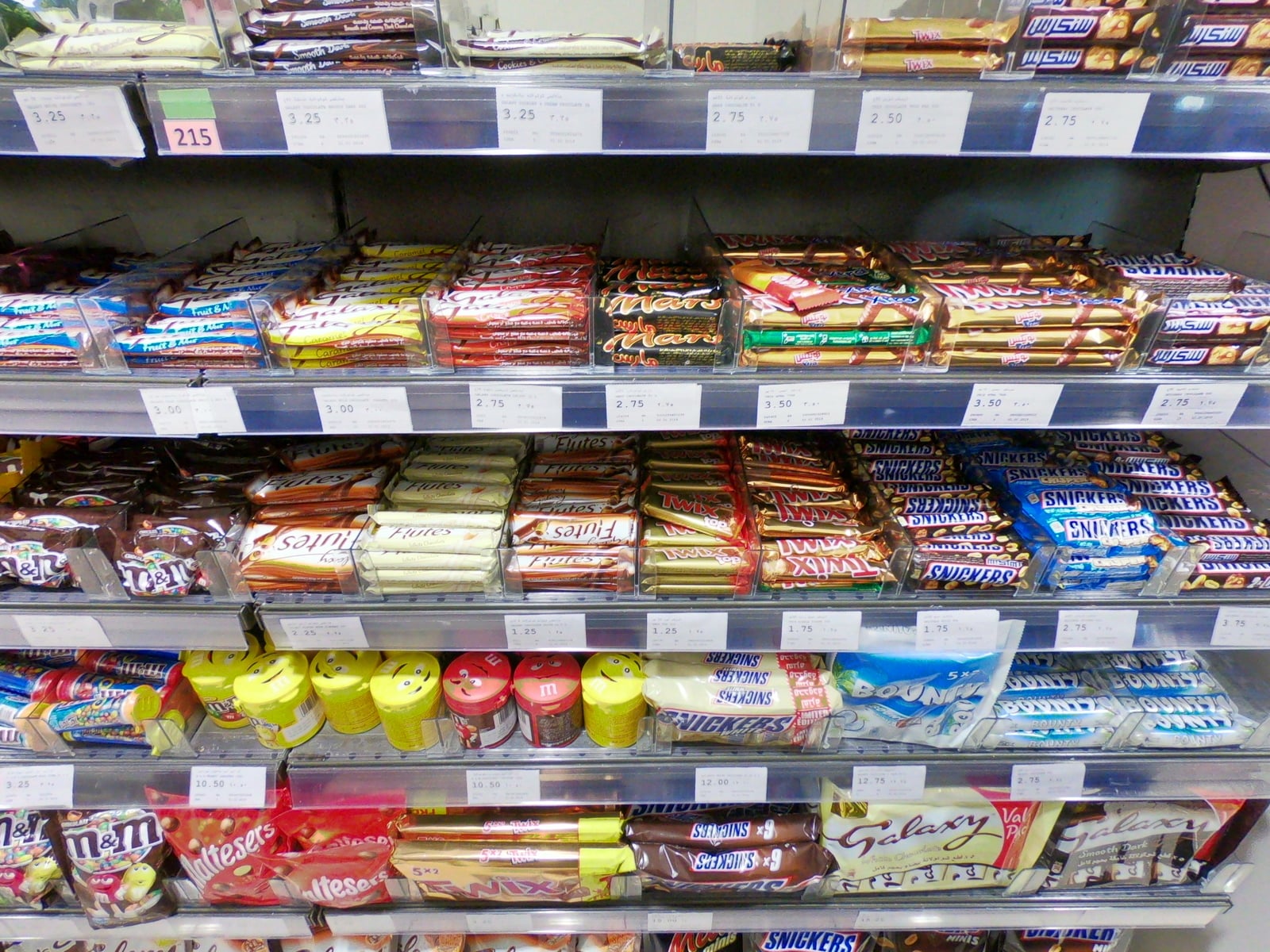
Brands are following the old tradition of English labelling. Also, there is a belief that English on Indian products makes them look premium. Today rural women are also using the high profile cosmetics products, but hardly understand its description. At least specific products which are solving the problems of mass, should have descriptions in 3-4 languages.
The custom of English labelling will be broken only when a brand will successfully use vernacular languages on Indian products. Packaging in vernacular language is not a bad idea, but one should have the dare to take the first step. Sadly, the problem lies in the fact that nobody wants to start first. Lastly, we can hope that one day, India will surely see Hindi and other native language labelling on Indian products.
